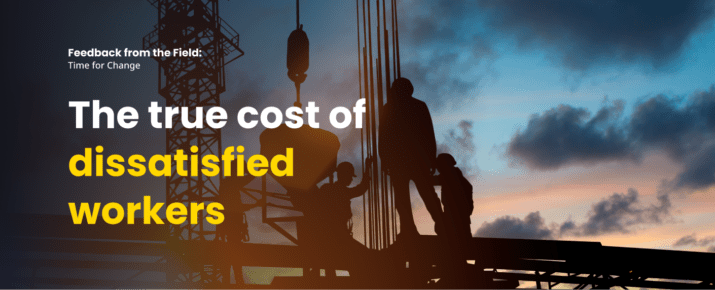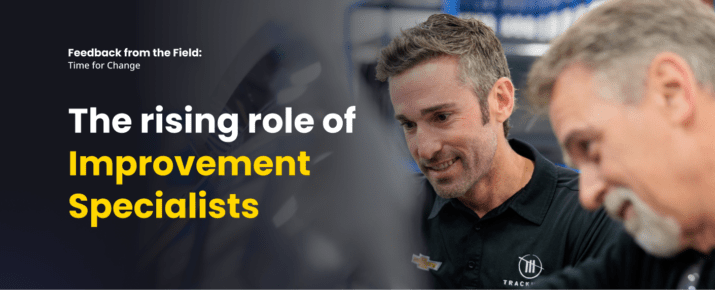Empathetic Technology: What Makes Frontline Tech Tick
Ask The Experts | Feedback From The Field | By | 24 Aug 2021 | 3 minute read

An obvious but often ignored theme of workplace technology is that its business impact depends on the extent of its adoption.
For those relying on technology to get their jobs done, dissatisfaction with existing solutions may impact not only performance but also attrition. In fact, “49% of US workers say they are likely to leave their current job if they’re unhappy or frustrated with the technology they use at work.”
Finding software uniquely suited to frontline workers appears to be a blind spot for some organizations.
It’s fair enough, right? In our personal time, we have the freedom to select apps and tech that are intuitive and helpful. If they aren’t, we move on. This behavior is now creeping into the workplace, with frontline staff voting with their feet when it comes to workplace tools.
I believe getting workplace tech right from the outset starts with empathy.
Digital Empathy
Managing frontline workforces presents a unique challenge to businesses; it’s a balancing act of safety, worker satisfaction, and productivity. Today’s technology needs to tick all of those boxes and do so in the simplest way possible.
Why? Because as we’ve seen, if the technology doesn’t work for users, they’ll work around it.
This is where empathetic technology comes in. At the heart of it, businesses are building something for their customers to drive their business forward, as well as to keep their workers safe. So naturally, it starts with the user and works backward toward product and technology. In our line of work, we dedicate a tremendous amount of time honing that intuition. The user is top of mind at every operational stage.
We are constantly taking the customer feedback we receive through our support and research teams and feeding it into our user experience team for prototyping before it heads across to engineering for development. And it doesn’t stop there. Once a feature has been built, it heads back to UX and research for further testing before final improvements, and then, it’s finally released into the wild. It’s a lengthy feedback loop, but its depth allows us to stay in touch with our users and the environment they operate in. With these systems in place, as the world of work evolves, so will your products.
Technology Without Red Tape
Frontline industries have traditionally relied on a reactive, top-down approach to management. After major incidents occurred, governments would draft legislation for approval, and companies would then generate policies and procedures to conform to the new legislation. These translated into new safety or quality practices, and frontline workers would be told how and when to adopt those processes.
One of the biggest learnings from the past few months is that such traditional models are largely ineffective. Our experience as a business focused on improving workplace safety and quality is that for an organization to thrive, frontline workers need to be given the right tools and conditions to drive that momentum.
Instead of technology that facilitates a top-down approach to communication and management, look for ones that put the power in the hands of workers. When workers have more of a voice, the whole organization benefits. After all, those who are closest to procedures are best placed with knowledge on how to improve them.
Ensure the technology is intuitive and easy to use, prioritizing digital platforms and devices that are second nature to the user. Leverage the familiarity of the smartphone, and consider mobile-first programs that can be easily integrated into the workday. In my experience, you can’t do anything great unless you have a team that is confident, healthy, motivated, and aligned. With less technological red tape in place, working teams are free to focus their attention on what they do best.
This article was first published in HR Daily Advisor.
Important Notice
The information contained in this article is general in nature and you should consider whether the information is appropriate to your specific needs. Legal and other matters referred to in this article are based on our interpretation of laws existing at the time and should not be relied on in place of professional advice. We are not responsible for the content of any site owned by a third party that may be linked to this article. SafetyCulture disclaims all liability (except for any liability which by law cannot be excluded) for any error, inaccuracy, or omission from the information contained in this article, any site linked to this article, and any loss or damage suffered by any person directly or indirectly through relying on this information.





